Rethinking Play as More Than Just Fun
We tend to think of toys as fun distractions for our pets: toss it, chase it, done. But if you’ve ever tried to train a dog who’s more interested in your sock than the fancy interactive dog toy you just bought, you probably already know this: toys are a lot more than playthings.
Toys are communication tools. They help you understand what motivates your pet, where their energy lies, and how you can build habits in a way that feels more like a game than a chore. A structured training plan is great on paper, sure, but what really makes it work is this emotional link formed through toys. It’s not about overloading your pet with rules but easing them into routines they’ll enjoy.
So, how do you actually apply this idea in real life without turning your living room into a dog obstacle course? Let’s break it down.

Step One: Use Toys to Build a Connection First
Before you think about formal training, take a second to just hang out with your pet and a couple of toys. Not to command or test, but just to see what clicks.
Let the toy do the talking. This is your way in. You want your dog or cat (yes, cats can play too — surprisingly well when they feel like it) to think, “Oh, this thing = good stuff.” Tug games, short treat-finding rounds, or even just chewing a soft toy on the couch together — it all counts. At this point, you’re not teaching them a command. You’re helping their brain light up when the toy comes out.
Watch what makes them tick. Not all toys are created equal — at least not for your pet. Some get obsessed with squeakers. Others like soft, rubbery textures. You’ll start to notice which toy earns that tail-wagging or focused stare. That’s gold. That’s the one you’ll use as your “high-value” toy when training actually begins.
Set the tone early. This might sound silly, but teaching the "rules of play" is important. Things like knowing when play starts, when it ends, what happens if they get too bitey — that’s all training. It’s not strict or formal, but it gives structure. Especially when you’ll be using toys as positive reinforcement later, this structure helps them stay focused.
A quick science bite: What you’re doing here is setting up classical conditioning. You’re pairing the toy with good outcomes. Over time, just seeing the toy boosts their motivation. This makes your training later on more effective and, honestly, less frustrating for both sides.
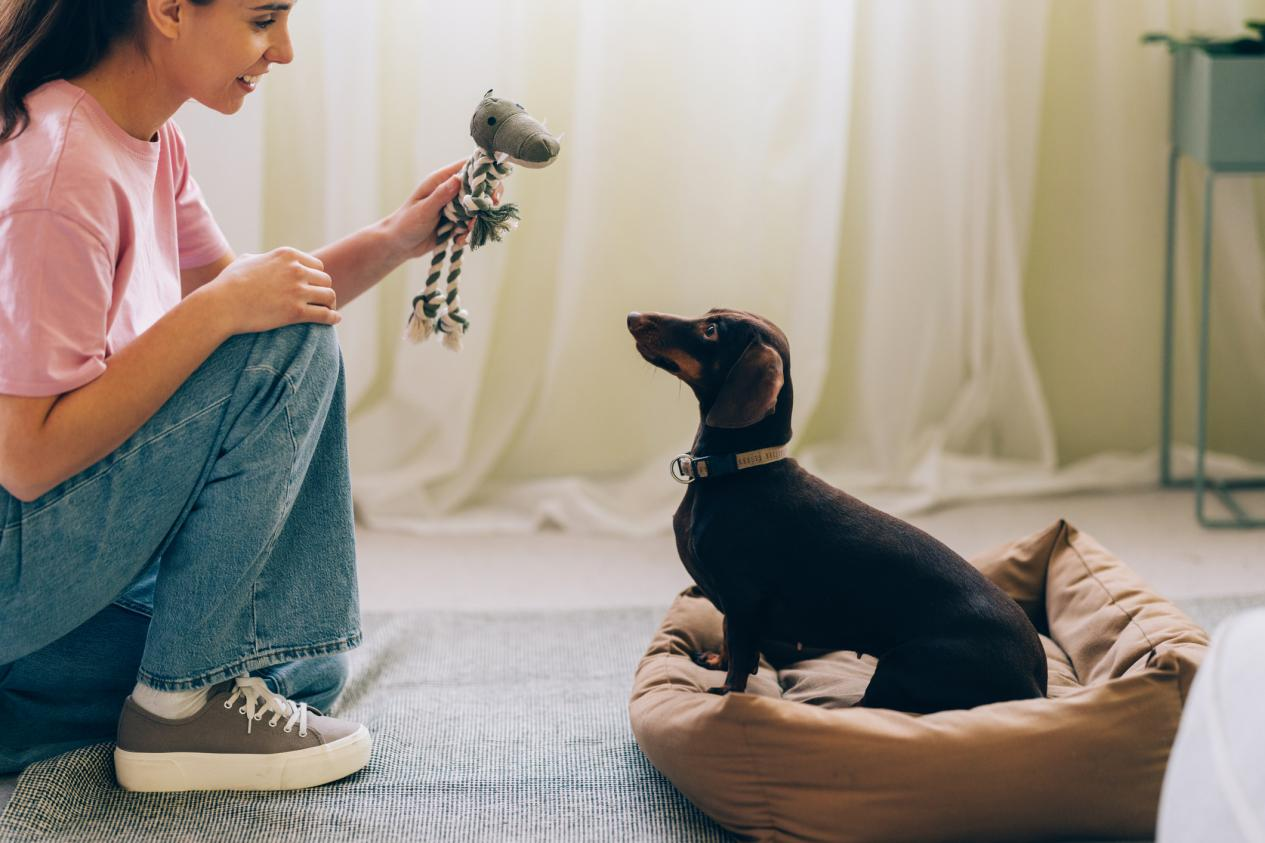
Training Basics: Where Toys Make the Difference
Once you’ve figured out which toy gets your pet’s attention, you’re ready to bring it into more structured training. But keep the vibe light. You’re still playing here; another saying is that the teaching part is more like a bonus.
Recall training? Try hiding, then calling. Instead of repeating “come” like a broken record, try stepping back a few feet and pulling out that favorite toy right after calling their name. Over time, the link between the command and the reward becomes solid.
Sit or down? Keep it snappy. After your pet sits, offer a short interaction with the toy. Toss it once, and give it a little tug. You’re creating a reward loop that’s not just about food. It keeps the sessions more fun, especially for high-energy dogs.
Wait or stay? Let toys be the prize. This one’s harder, especially for jumpy dogs. But if they learn that staying still equals toy time later, you’re reinforcing self-control with something exciting instead of something boring. And that matters more than we think.
Sharing matters, too. Teaching a command like “drop it” or “give” works best when you’re offering a better deal. Try swapping the toy they have for a more interesting one. That moment of exchange teaches trust and also that letting go isn’t losing, but it’s winning in a new way.
All of this is backed by something trainers use all the time: operant conditioning and positive reinforcement. Basically, your dog learns that their actions bring good results — toys, in this case.

Leveling Up: When You Want to Do More Than Just Sit and Stay
So maybe your dog’s got the basics down. Sit, stay, come, and more. Now, what's the next step?
Fetching with purpose. Try using the toy as the central object in a simple task. Toss it behind furniture, have them wait before retrieving it, or get them to bring it to someone else. You’re teaching focus, direction, and return.
Obstacle courses don’t need equipment. A few chairs, a couch, a box. Guide your dog with the toy. Don’t just toss it; show them the way. Run alongside them if you need to. In the end, give them a good game with it. They’ll connect effort with play, which boosts endurance and focus.
Scent-based games can be huge. Hide the toy somewhere out of sight and let your pet sniff it out. That smell work taps into deep instinct and provides a kind of mental workout that’s surprisingly tiring in a good way. Similar tasks or games like we create dog puzzle toys game for your dog to interact with.
Want to chain behaviors? Start small. Something like “sit + wait + fetch + come back,” even if that’s a big chain. Use the toy only at the end as the final reward, so your pet learns to go through each part patiently. This builds focus over time.
You’re now tapping into more complex forms of learning. These are the kinds of exercises that build advanced skills, and the toys help keep it from becoming a drag.
Tackling Behavior Issues with Toy-Based Routines
Sometimes, play is the answer to a problem. Chewing furniture, barking for no reason, and tearing up shoes are usually a sign your dog is bored, anxious, or just doesn’t know what else to do.
First and foremost, Observe. What’s the real issue? Is it boredom? Separation anxiety? Excess energy in the afternoon?
Then, replace that bad habit. A dog puzzle toy filled with treats might keep a dog busy instead of chewing shoes. A smart interactive toy that lights up or makes sounds could redirect barking. If destruction comes from boredom, interactive toys offer a better alternative

Desensitize using toys. If your dog reacts badly to certain sounds or situations, you can introduce a toy they love during those moments. Eventually, they’ll start associating that trigger with something good instead of something stressful. That’s called counter-conditioning.
These approaches come from behavioral science. You’re not just “spoiling” your dog with toys. You’re helping them manage their emotions better by providing structure and redirecting energy.
Keep It Fresh: Toy Rotation and New Ideas
Even the most exciting toy will become “meh” eventually. You’ve probably seen it: the once-beloved squeaky duck just sits in the corner, forgotten.
Solution? Rotate your arsenal. Hide some toys for a week, and bring them back later like they’re brand new. That surprise factor matters.
Mix in homemade stuff. Sometimes, a crumpled paper ball or an empty bottle inside a sock works just as well as anything store-bought. Try different shapes, textures, and even sounds.
Watch the response. The point isn’t to overwhelm your pet with options. Just keep them curious, especially during training sessions. It helps maintain motivation and avoids what trainers call habituation to avoid overused favorite toys turning into boring ones.
Wrapping It All Up
If there’s one takeaway from all of this, it’s that toys aren’t just distractions. They’re part of a toolkit that helps you raise a happier, more balanced pet.
Use them to build trust. To teach new skills. To redirect bad habits. Even just to bond. It’s about understanding what makes your dog tick and using that to your advantage.
You don’t need to get it perfect. Just be consistent, pay attention to how your dog responds, and be ready to try something new when things stall. And above all, enjoy the time you’re spending together. That’s the real reward.



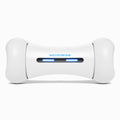
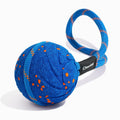
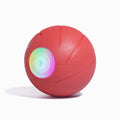
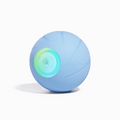
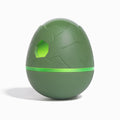

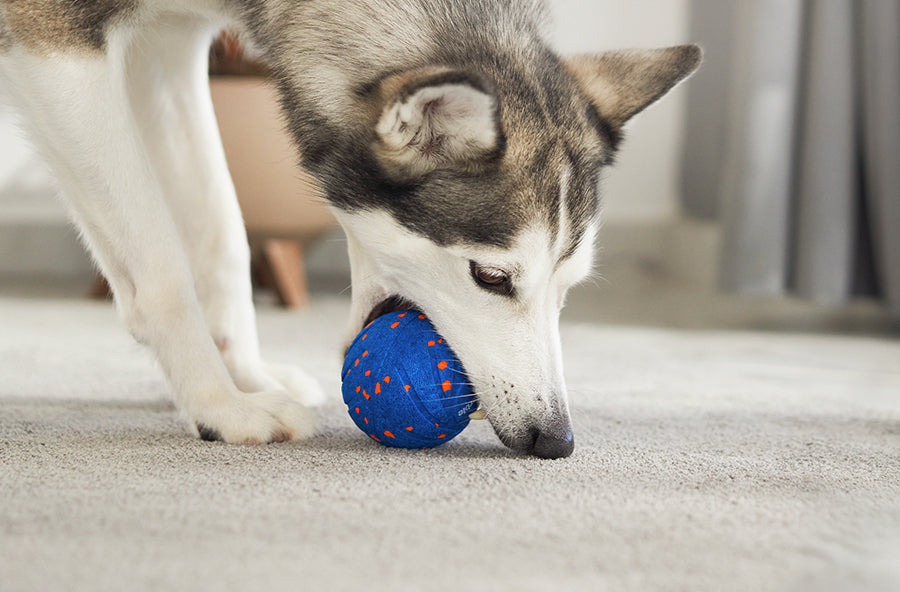

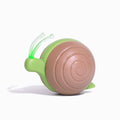

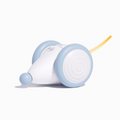
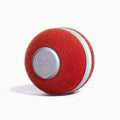
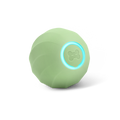
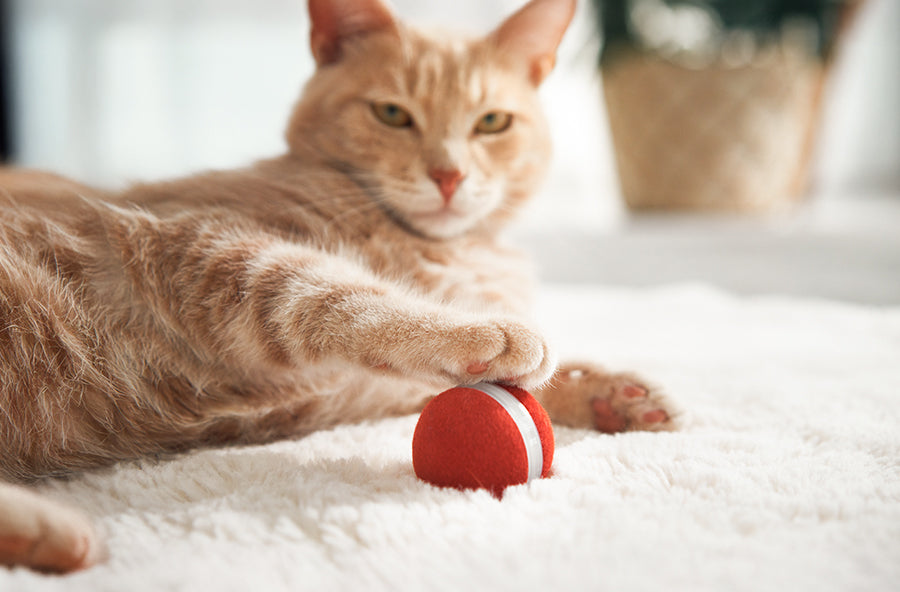
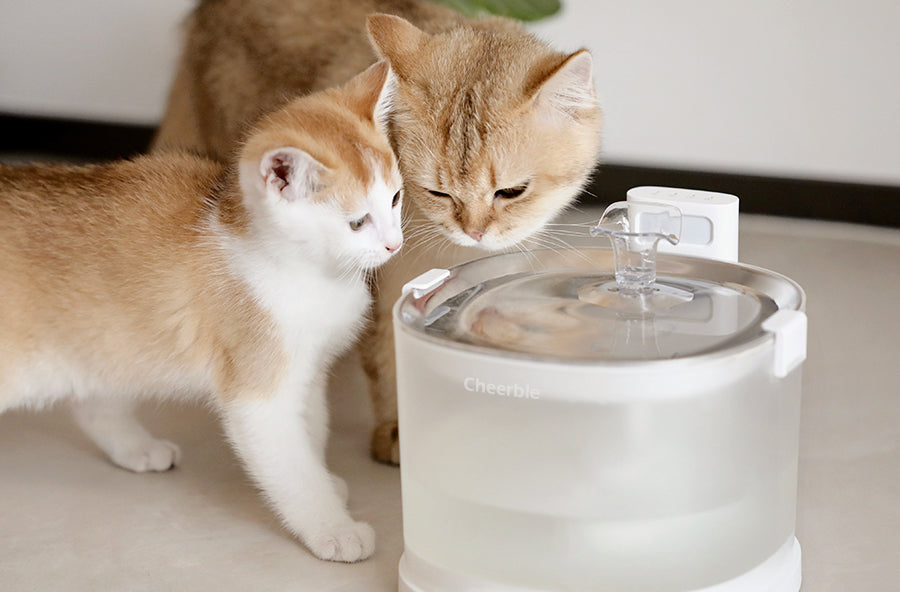
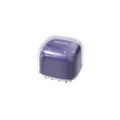
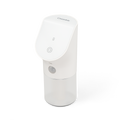
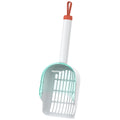

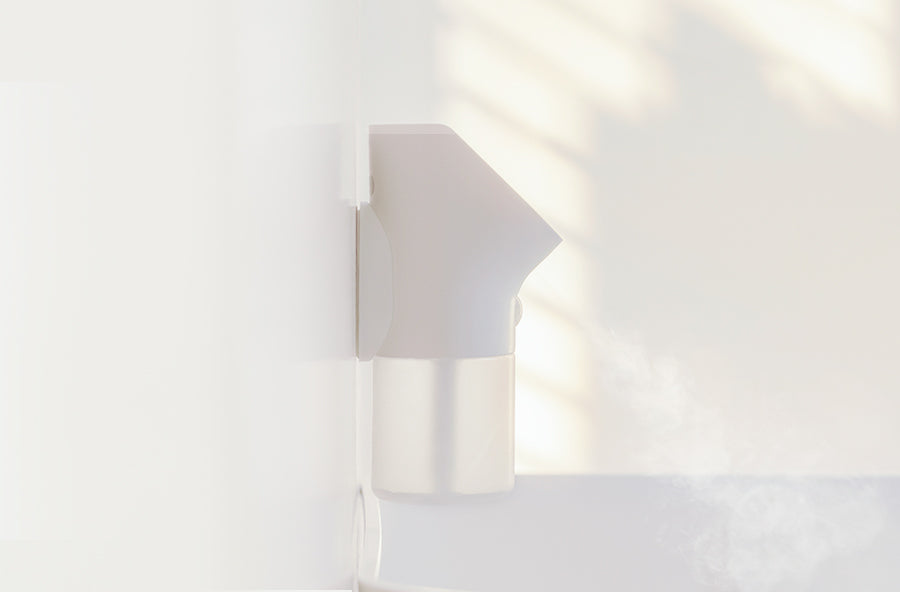
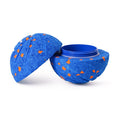
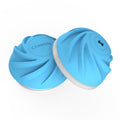
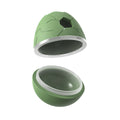
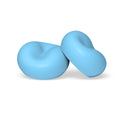
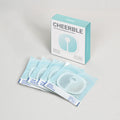
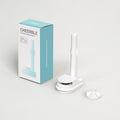

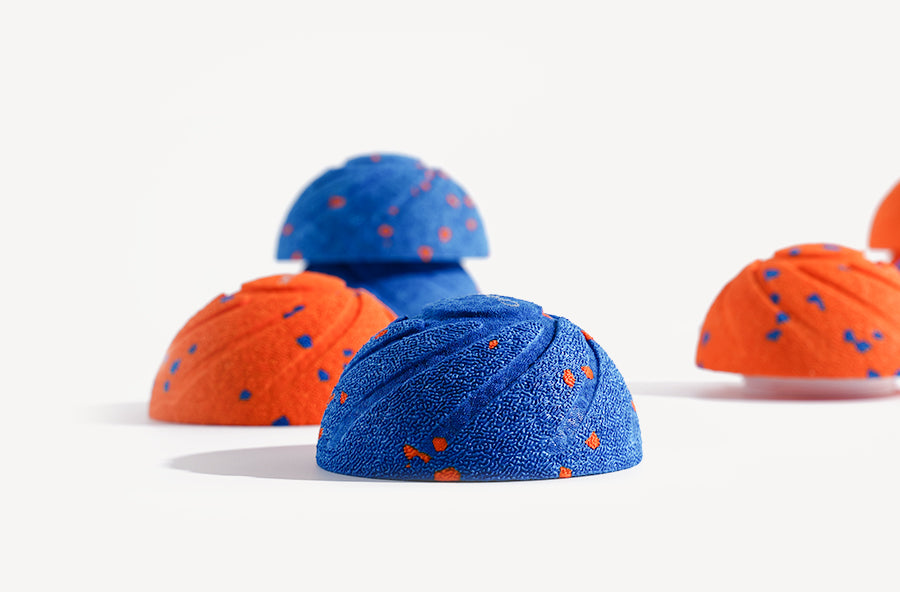

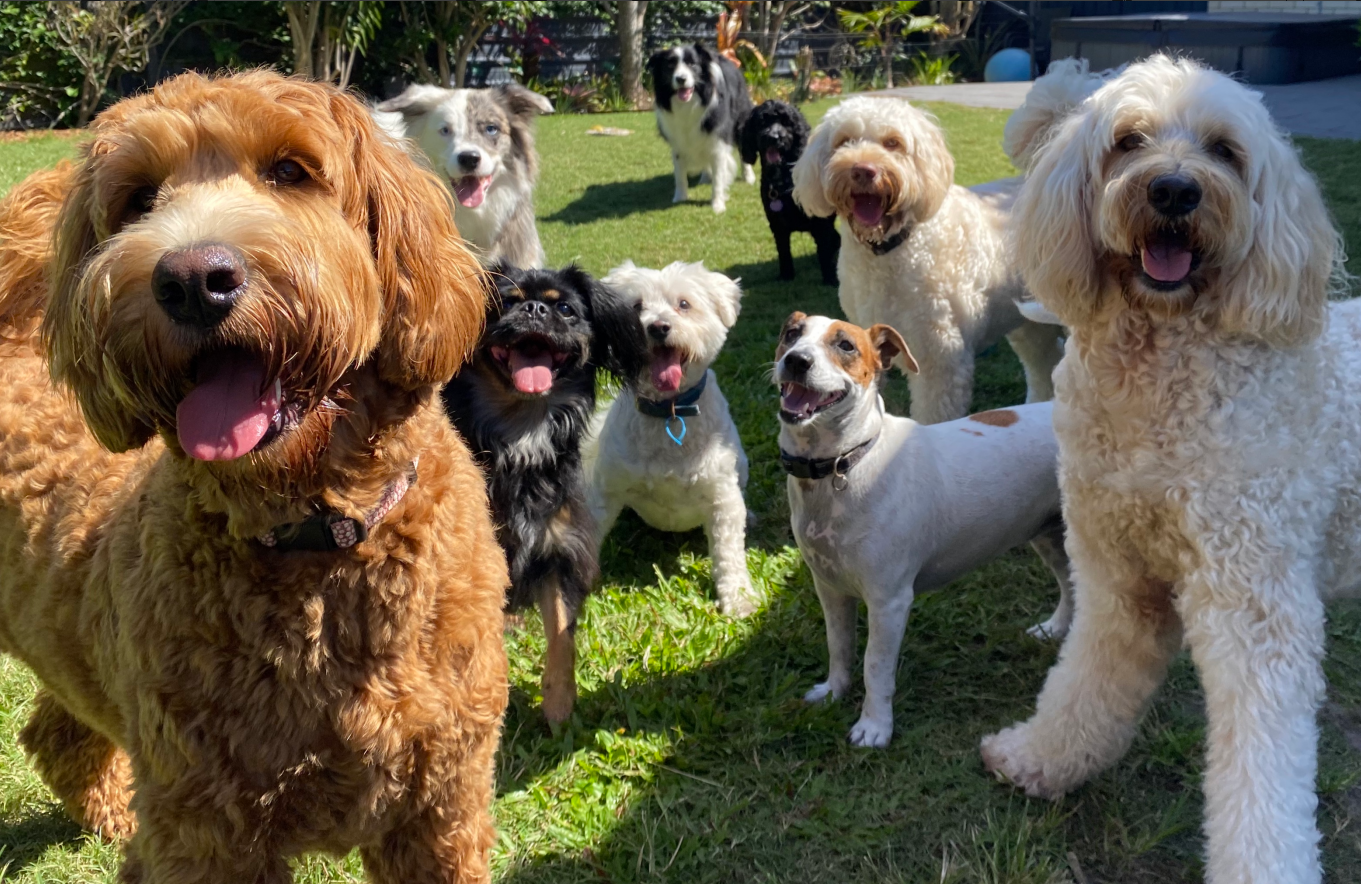
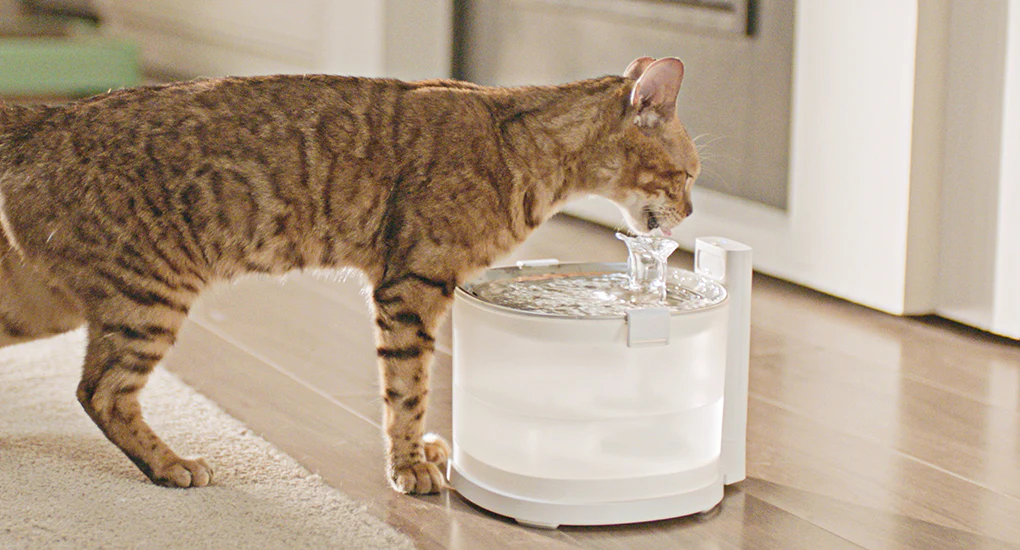
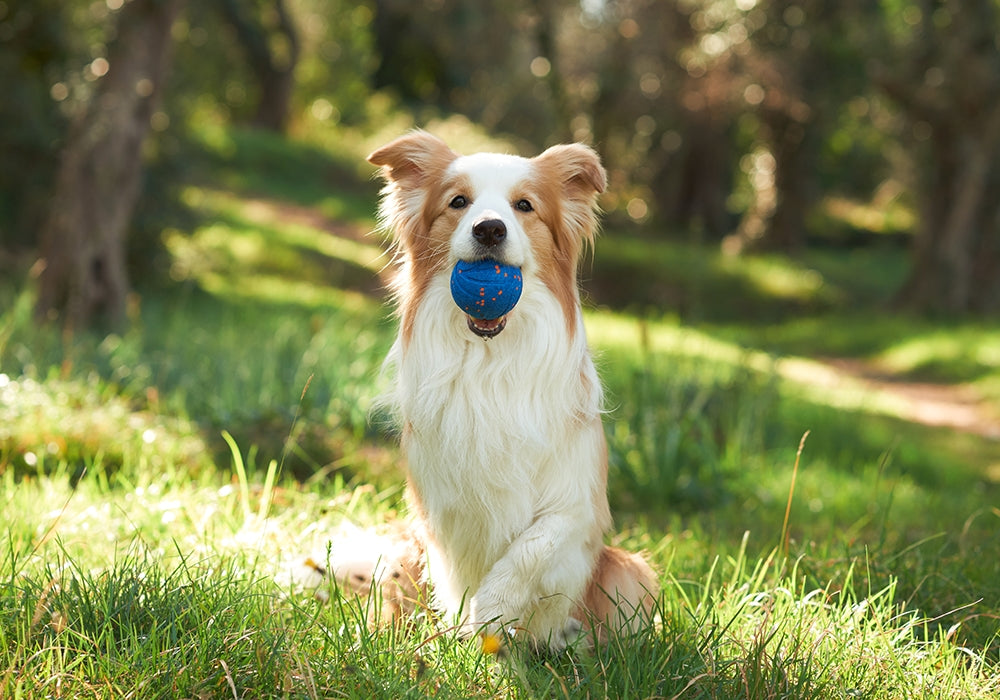
Laisser un commentaire
Tous les commentaires sont modérés avant d'être publiés.
Ce site est protégé par hCaptcha, et la Politique de confidentialité et les Conditions de service de hCaptcha s’appliquent.